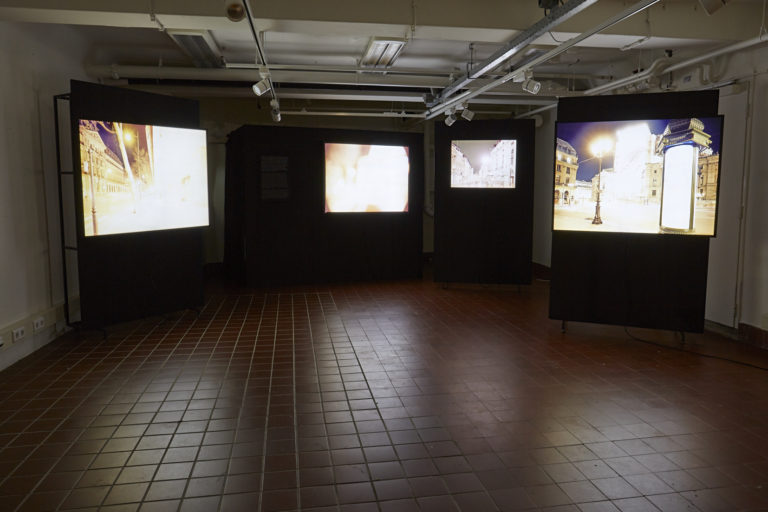Exposure Value ZERO
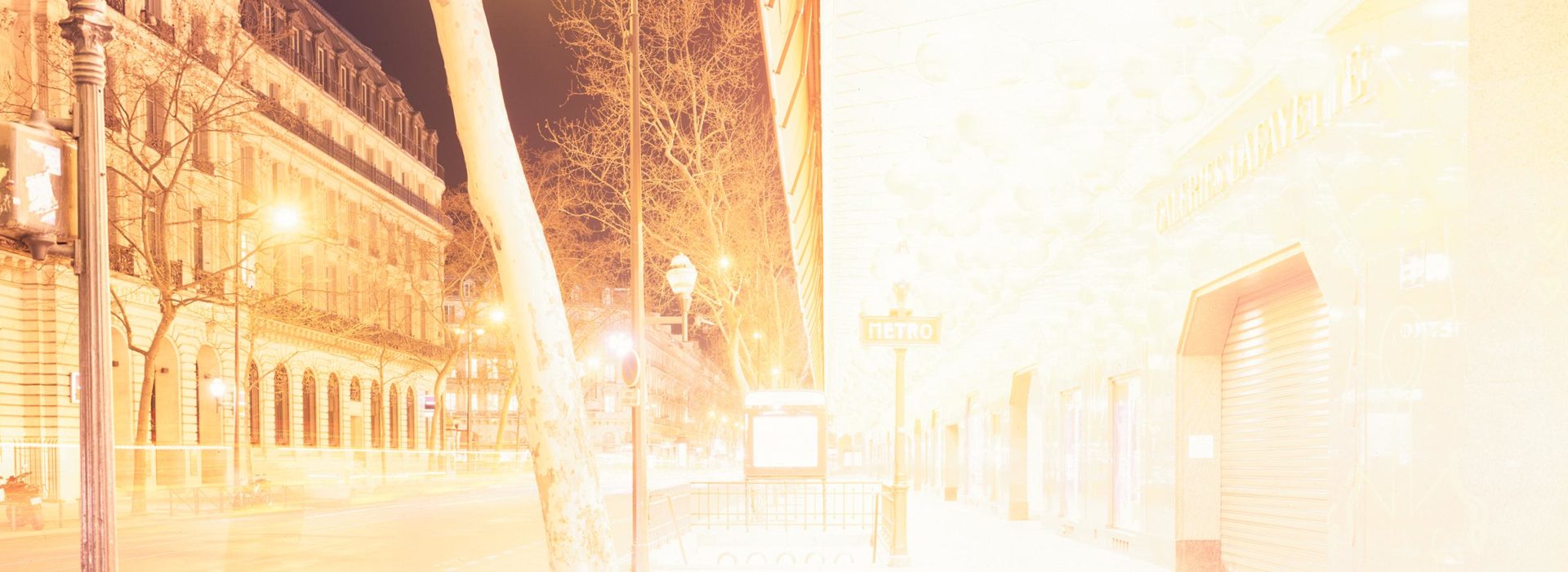
Project details
- Year
- 2022
- Programme
- photography
- Practices
- No practice
- Minor
- Honours Programme Visual Culture
The invention of electrical light renders our nights more accessible and safer, but also brighter than ever before. So bright that we’re now suffering from light pollution.1 Among many other pollutants, we as species are dealing with today, excessive artificial light at night sparks my curiosity as a photographer. Being aware of light levels is prevalent in my practice, which makes me wonder: how much light do we need at night? What is necessary or sufficient? And what is excessive or redundant night lighting? To find understanding in the use of night lighting within urban public spaces,2 I explored the sprawling cities Paris and London through the lens of my invented methodology and the notion of superfluousness to guide my journey.3
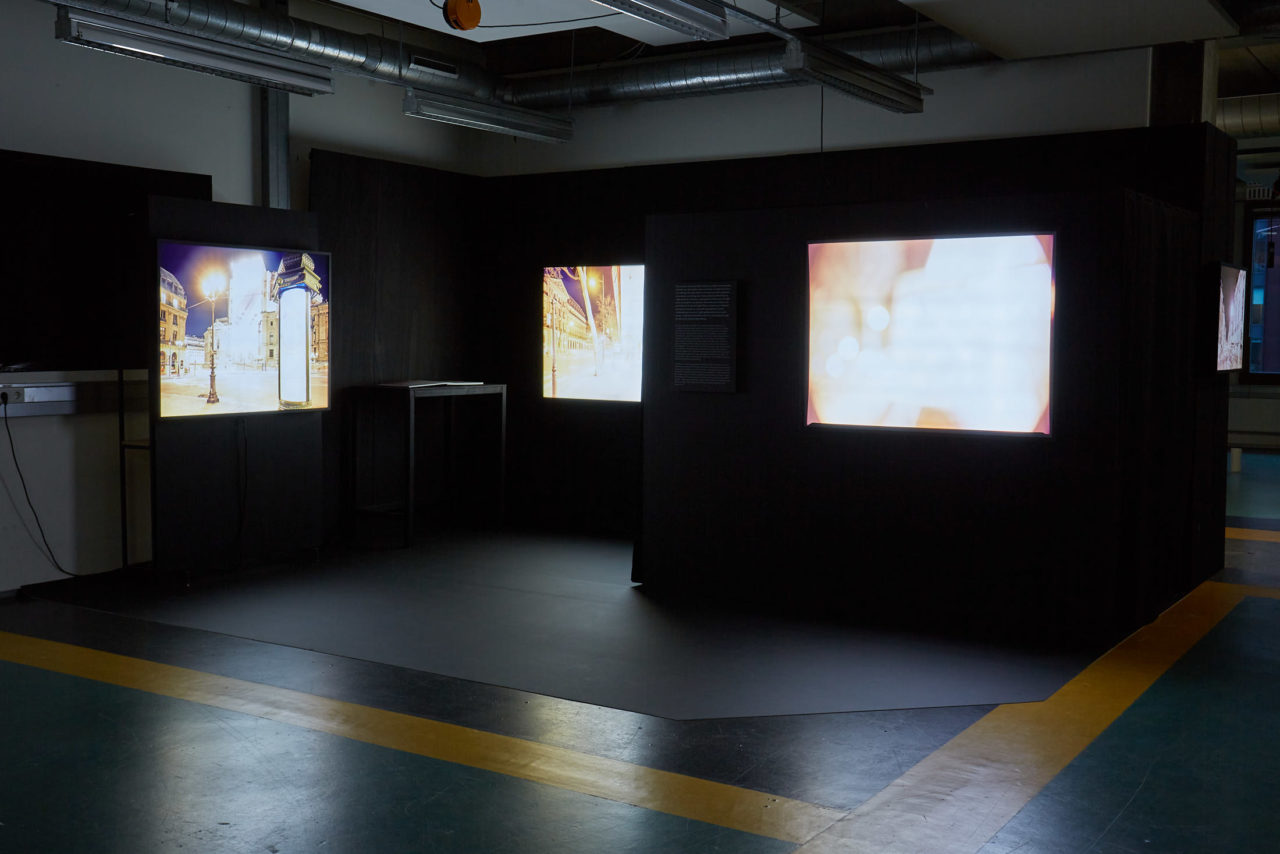
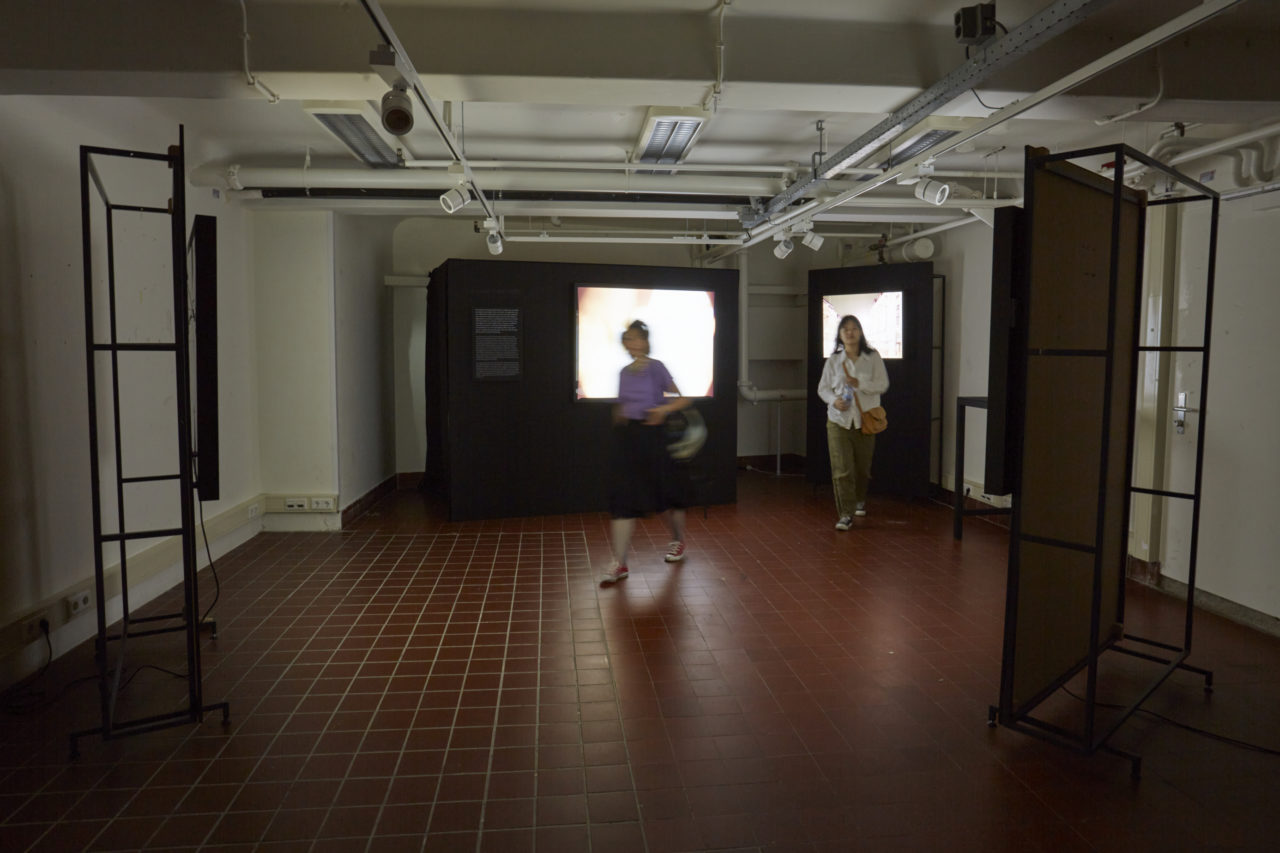
The image is a small point on the long scale between two blanks: complete darkness and complete light. By minimising the control over the exposure settings to a fixed value, I pushed the photographic medium to its boundaries, allowing the light to flourish untamed on the sensitive material and leaving images where the mid-tones and highlights ‘overflow.’ This conceptual and technical methodology supports the proposition that there is a physical and direct relation between the photograph, the amount of light, and the place of occurrence. The number ‘0’ derives from a numeric scale concept used in the 1950s to simplify exposure calculations.4 I revisited the concept in which the slashed ‘zero’ denotes both the point of natural darkness and an indispensable condition for letting photographic images exist at all— for without light, there’s no photography. Conversely, an overload of light may cease the photograph from existing.
The research methodology renders light levels visible, whereas the human eye constantly adjusts to luminosity conditions, making them inaccurate for trustworthy indexations. The acquired images are handled authentically as such that the colour reversal slide-film has its status as proof or piece of evidence. Except for framing, cropping and selection, which I believe are integral to picture-making, no manipulation or further altering of the images is done. If photography is merely an illusion as some might say, something that falls short of the actual experience of the truth of things. Then in its pure essence, I believe I found a way to record the presence of light in its material existence. Far from simply producing a clear-eyed copy of reality, the images in my research are something closer to a qualitative expression of light— discovered rather than created. What can the photographs reveal about our bright nights that would otherwise be imperceptible to the human eye?

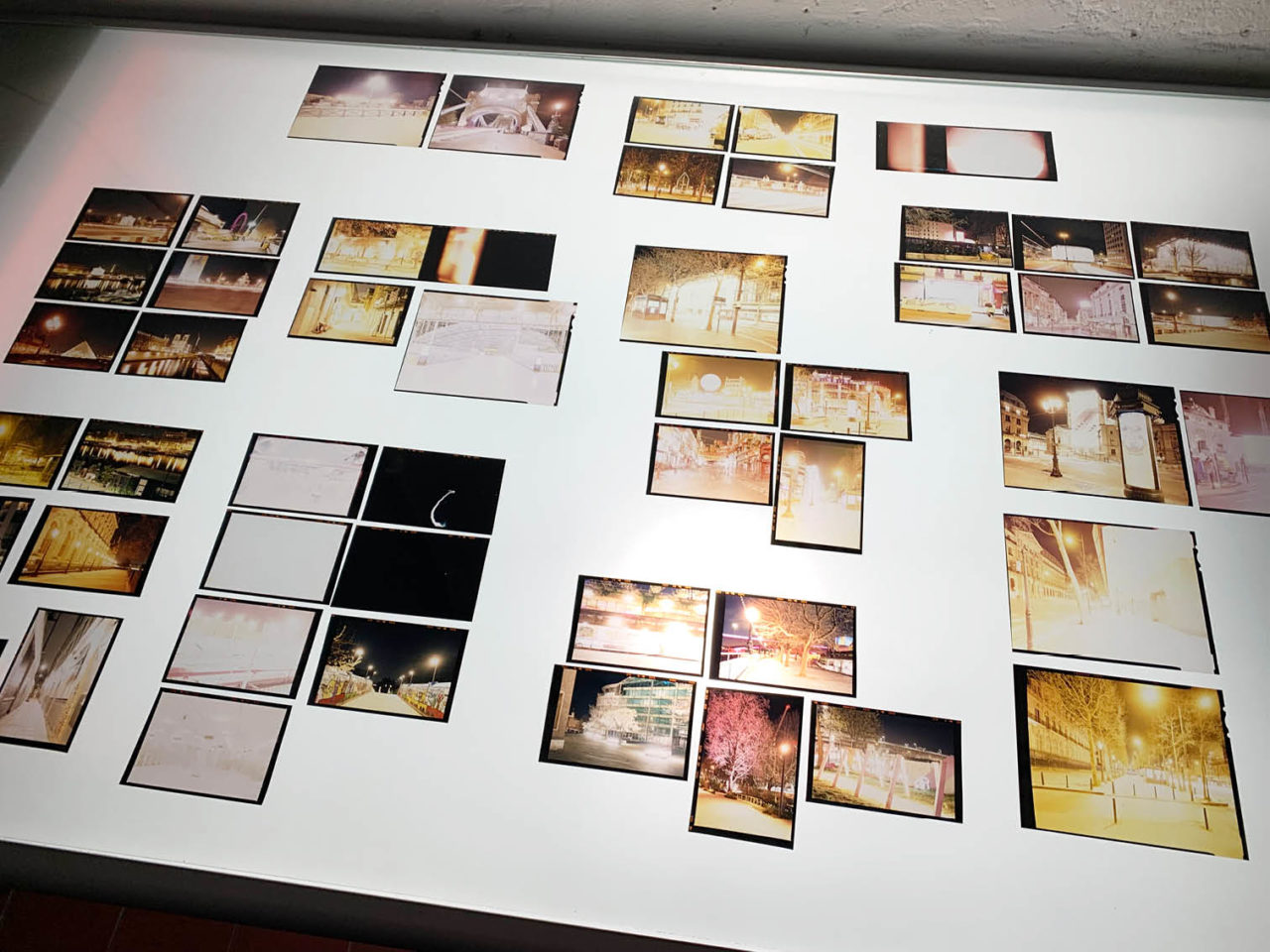
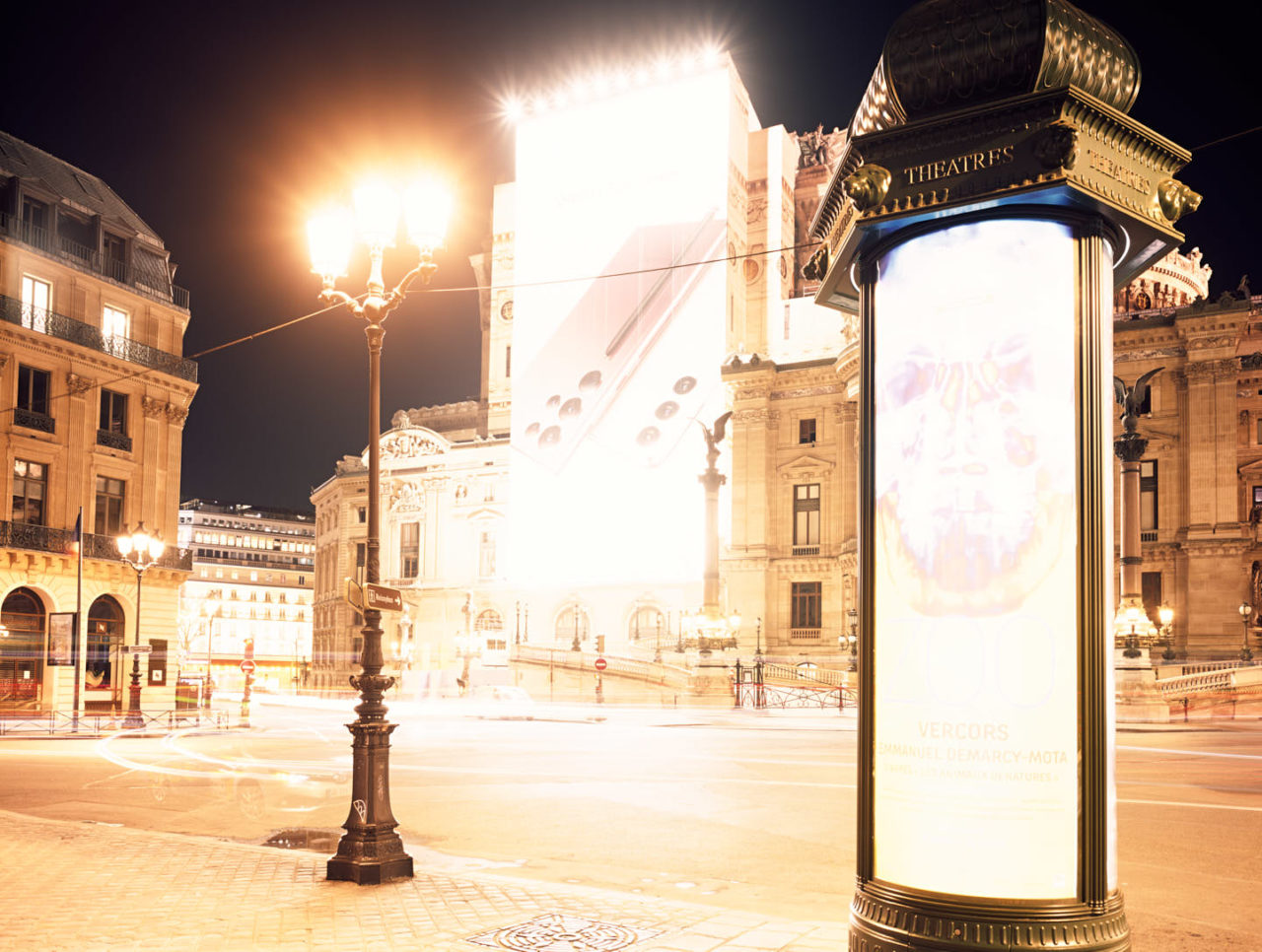
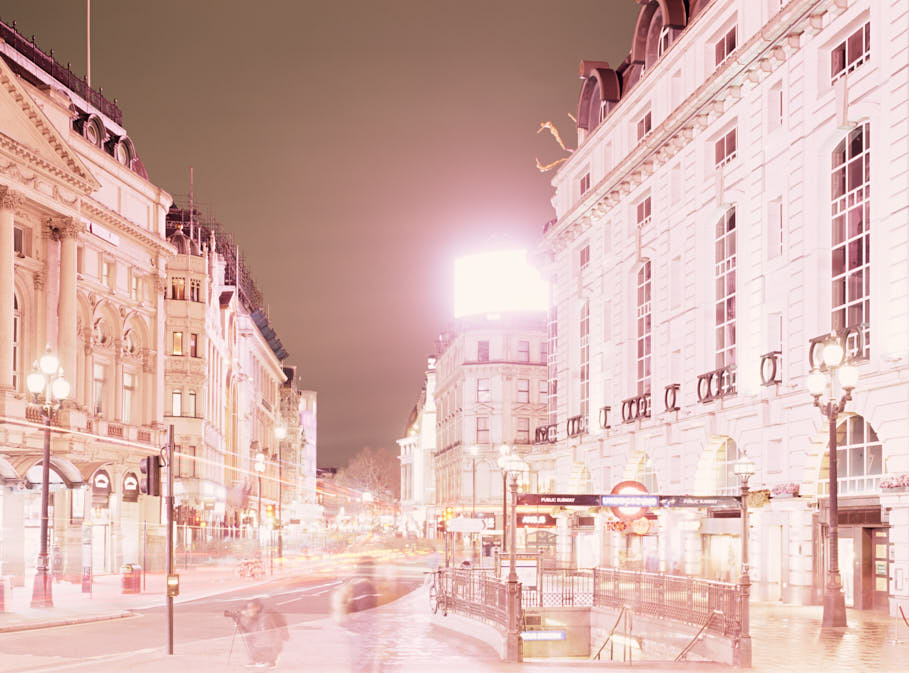
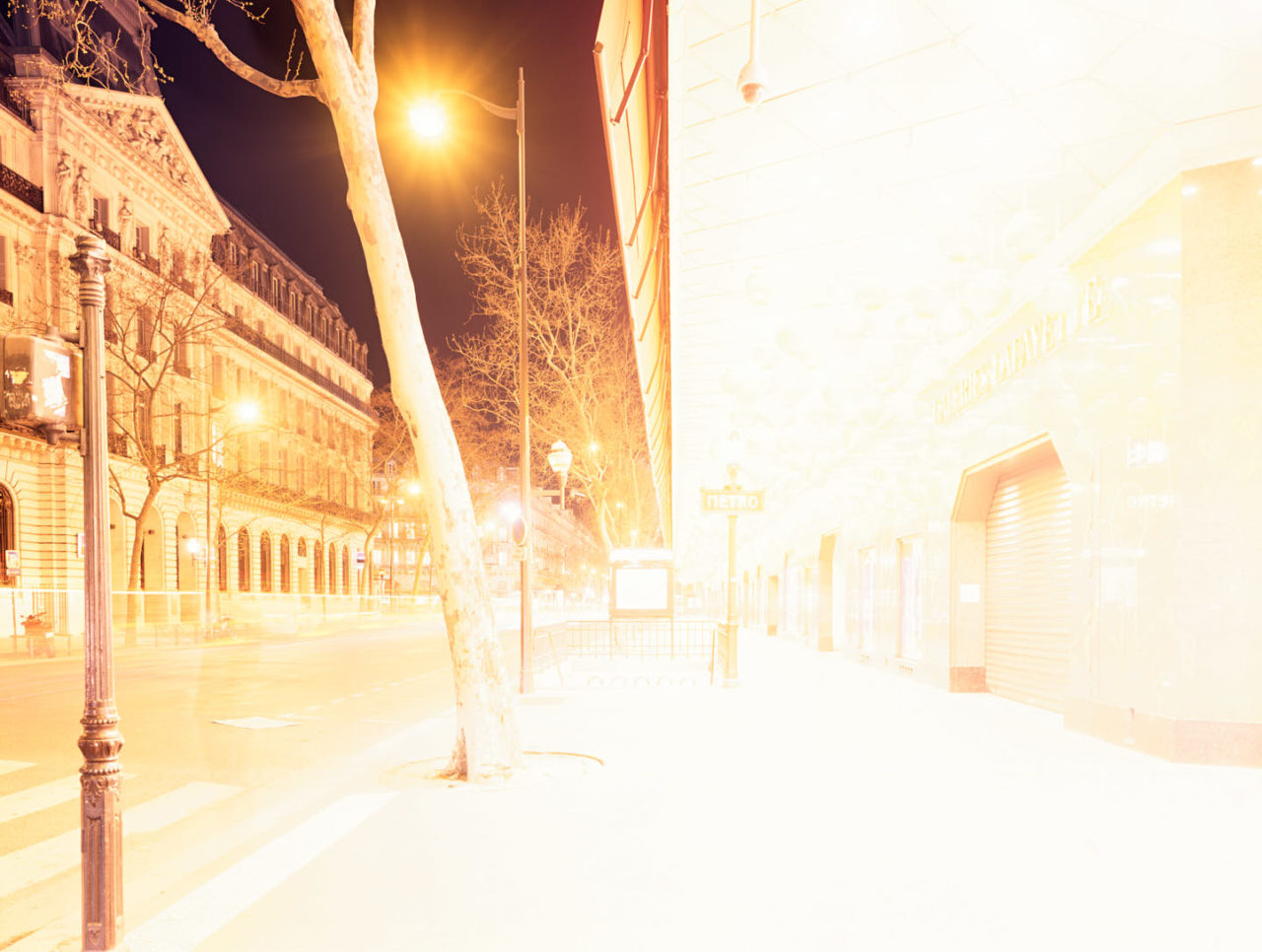
Footnotes
- Humans are not immune to the effects of a constantly lit environment. Research indicates that excessive lighting has become a public health issue due to distortion of the biological rhythm called the circadian clock.
- The term ‘urban public spaces’ refers to areas that are open and accessible for social interaction. This research is confined to the brightest areas of the city’s centres. The suburban neighbourhoods and the private domain are beyond the scope.
- The Latin root word is superfluus, which is used figuratively to mean “unnecessary,” but is literally “overflowing.”
- To make alternations in shutter speed or aperture easier, German shutter manufacturer K. Gebele invented the Exposure Value system.
